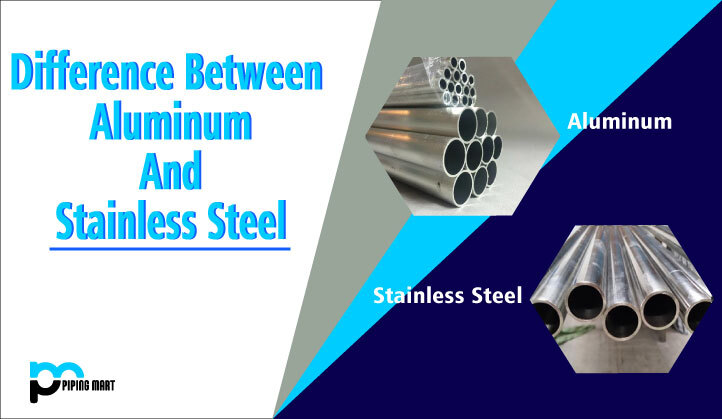Quenching and annealing processes are two common methods used to alter the properties of steel. While they are both heat-treating processes, they differ in their purpose, methodology, and results. In this blog post, we will explore the differences between quenching and annealing so you can make a more informed decision when it comes time to choose which process you will use for your project.
Purpose of Quenching and Annealing
Quenching is used to strengthen steel by rapidly cooling it after the metal has been heated. This sudden cooling creates a harder surface on the metal while leaving the inner core softer. It also increases the tensile strength of steel as well as its resistance to wear, fatigue, corrosion, and erosion. The most common way to quenching steel is by immersing it in water or oil after heating. Quenching is a heat treatment process in which a material is rapidly cooled in order to harden it. The material is first heated to a high temperature, known as the austenitizing temperature, and then rapidly cooled, typically by immersion in water or oil. Quenching is used to improve the hardness, strength, and wear resistance of a material.
Annealing
Annealing is a process that is used to soften steel before forming or machining. Steel is heated to austenitizing temperatures (the temperature at which all crystal structures transform into austenite) and then cooled slowly over time until it reaches room temperature. This slow cooling allows for greater grain growth in the steel’s structure which makes it easier to form or cut without cracking or splitting. Annealing also reduces internal stresses within the steel, which helps reduce distortion during manufacturing processes such as machining or welding. Annealing is a heat treatment process in which a material is slowly cooled in order to soften it. The material is first heated to a high temperature, known as the annealing temperature, and then slowly cooled, typically by furnace cooling or air cooling. Annealing is used to improve the ductility, toughness, and corrosion resistance of a material.
Difference Between Quenching and Annealing
The biggest difference between quenching and annealing lies in their purpose; quenching strengthens steel while annealing softens it. As such, their applications are also very different; quench hardening should be used for components that need greater wear resistance or higher tensile strength, while annealing should be used when you need a part that is softer and easier to work with. Additionally, quench hardening requires rapid cooling, while annealing requires slow cooling over time—a difference that can significantly affect their cost effectiveness depending on your application needs.
Difference in Process
The main difference between quenching and annealing is the rate at which the material is cooled. Quenching involves rapid cooling, while annealing involves slow cooling. Additionally, quenching is used to harden a material, while annealing is used to soften a material.
Difference in Properties
The different rates of cooling, quenching and annealing result in different properties for a material. Quenched materials are harder and stronger but less ductile and tough than annealed materials. Additionally, quenched materials are more likely to experience brittleness and cracking due to stress relieving
Conclusion:
Quenching and annealing are two important heat-treating processes that greatly affect how steel behaves under different conditions—whether it’s in terms of wear resistance, ductility, fatigue durability, or something else entirely! When deciding between these two processes for your project, consider what kind of material behaviour you need (strengthening vs softening) as well as whether rapid cooling (quench hardening) or slow cooling (annealing) makes more sense for your particular application needs. Ultimately, understanding both of these processes will help ensure you get the best possible results from your project!

Pipingmart is a B2B portal that specializes in metal, industrial and piping items. Additionally, we share the latest information and information about materials, products and various types of grades to assist businesses that are involved in this business.




